Guide to Living in Malta as a Digital Nomad
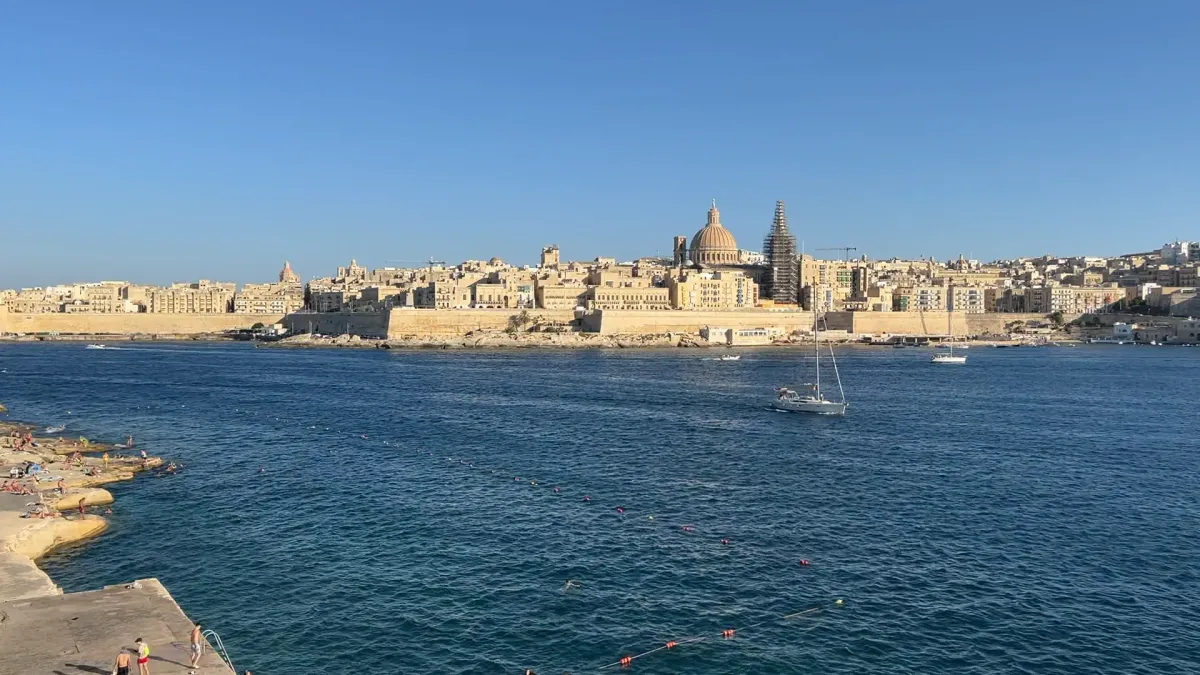
We are a digital nomad couple working remotely, and for almost a year, we have chosen Malta as our base. Our reasons for doing so were that the country had recently introduced its digital nomad visa, and its location appealed to us due to our love for all things Mediterranean.
After doing our research on this tiny island, we went for it and have no regrets. In fact, if we could return, we would in a heartbeat. Except, other places are also calling us!
In this post, we share our honest experience of what it was like to live and work remotely in Malta. You’ll discover what is great about Malta, the visa options, and an overview of what to expect if you decide to work remotely from there.
Why Choose Malta as a Digital Nomad Destination
Malta has many advantages as a digital nomad destination. Not only is it a gorgeous Mediterranean island with plenty of sunshine year-round, but it also has much to offer. Malta has a vibrant community of expats, travellers, and remote workers. There, you will be able to find a community of other digital nomads with whom you can co-live, network, or hang out.
For us, Malta is a no-brainer destination for remote workers. It offers a wonderful quality of life at a reasonable price, with excellent facilities for nomads.
Is Malta Good for You?
If you are a digital nomad or remote worker looking for a sunny location, you’ll like Malta. Think beaches, water sports, boat tours, and Mediterranean island lifestyle. There’s also a rich cultural history, with its various occupations (the Phoenicians, Arabs, Normans, Romans, French, British). There’s plenty to satisfy various personality types, whether you’re a foodie, culture nerd, beach bum, or party lover.
On the other hand, Malta might not be a good fit for you if you are sensitive to heat. Summers can be stiflingly hot with little shade. There aren’t a lot of green spaces or parks.
After experiencing it for almost a year, we’ve come to know what are the pros and cons of living and working remotely in Malta.
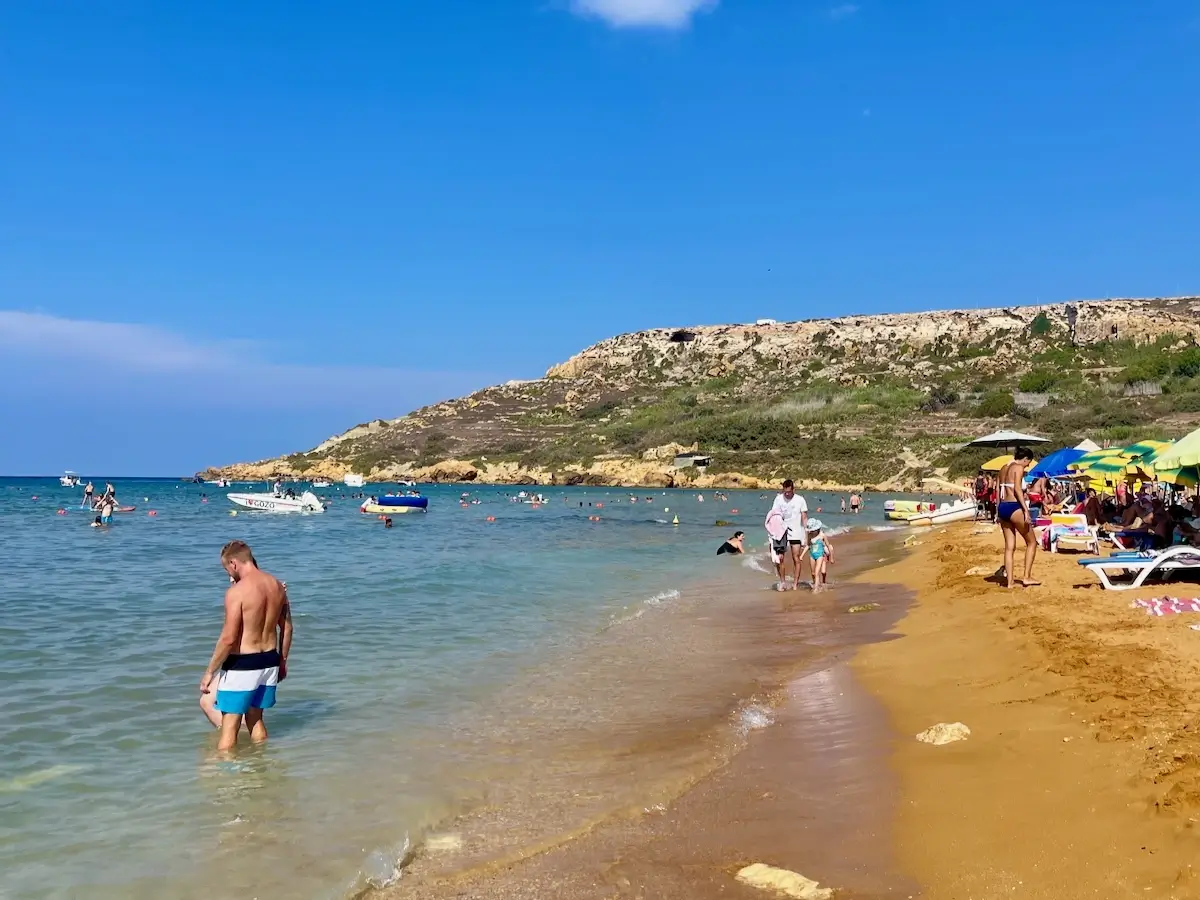
Pros and Cons of Working Remotely from Malta
Pros
- English is widely spoken and is one of the official languages
- Reliable internet – fiber-optic, and 5G is widely available
- Excellent air connectivity to Europe, North Africa, and the Middle East
- Mediterranean climate – dry, hot summers and mild winters
- Warm, friendly locals
- Compact in size – easy to get around and explore
- Affordable food options and groceries
- Lots of activities for leisure and entertainment
- Laidback lifestyle
- High-quality healthcare
Cons
- It can get busy and crowded in the summer
- Accommodation prices can be high during peak season
- It can feel too small once you’ve visited the major attractions
- Noise disturbance due to construction as well as from fireworks during the religious festivals (mostly in the summer months)
Visa Options in Malta for Digital Nomads
Malta is part of the Schengen area. Depending on your passport, you can stay as a tourist for 90 days out of 180 days in a year. However, if you would like to stay longer, you can apply for the Malta Nomad Residence Permit. This will allow you to stay for a year, and it is renewable yearly (up to four years).
This visa is available to employed, self-employed, and freelance workers with valid health insurance, a minimum yearly gross income of 42,000 Euros, and guaranteed income for a minimum of 5 months from the date of application.
In terms of tax, there are clear laws and regulations applicable under this digital nomad visa. There is no tax due for the first year, and subsequent years will be at 10% of chargeable income. Please check here under tax for more details. We recommend always checking with a tax professional for your specific situation.
We applied for the Nomad Residence Permit as a married couple. It was fairly easy to follow the steps and fast to obtain. The best thing? We could apply from anywhere without having to return to our home country or residence. As nomads without a home base or fixed address for the past five years, we were happy to be able to apply online.
Where to Stay and the Best Neighbourhoods for Digital Nomads
In Malta, as a digital nomad or remote worker, you can choose to be based where the lifestyle suits you best. Personally, we stayed in Gozo as we prefer quieter villages in the countryside. Gozo, the sister island of Malta, checked off this box for us, and we loved every minute.
Having said this, we also spent a lot of time exploring and sometimes doing staycations in other areas. We’ve listed the ones we feel would be most appropriate for remote workers. They each offer modern facilities, restaurants, and lots to do.
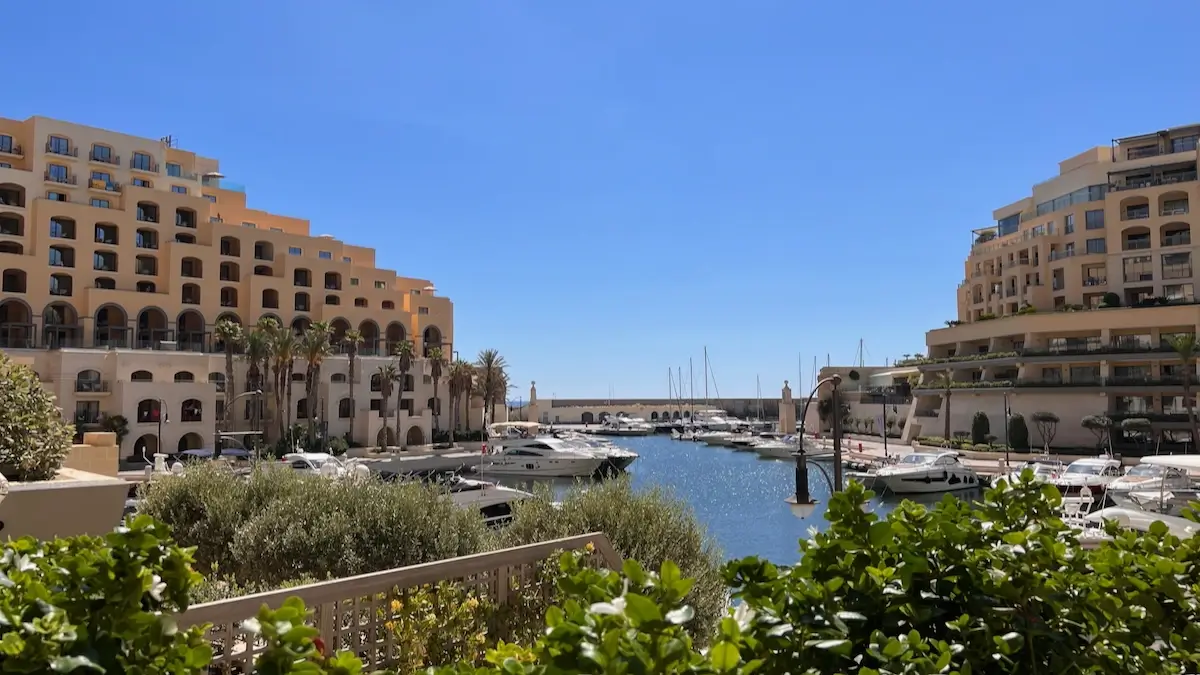
St Julian/Paceville
- Best for nightlife. Walkable, vibrant, trendy
- The St Julian area, including Spinola Bay, is very trendy with many restaurants, nightlife, luxury hotels, and a new development called Mercury Tower
Valletta
- Best for culture. Museums, art galleries, and historical attractions
- Valletta is the capital of Malta, with much to see and do despite its compact size
Sliema
- Best for shopping. Waterfront, seafront views, great dining
- Sliema is a great option to visit Valletta regularly, as a ferry runs between Sliema and Valletta
Mellieha
- Best for beaches. Good for swimming, sandy beaches, and excellent diving
- Mellieha is a convenient option for visiting Gozo regularly as it is close to the Gozo ferry terminal in Cirkewwa
Gozo
- Best for slomads. Nature, cliffside walks, quiet village life
- As we mentioned earlier, this was where we chose to be based, taking the ferry to Malta when we wanted or needed to
Working Remotely in Malta: Places and Connectivity
Working remotely from Malta is easy due to its excellent internet connectivity. 5G and fiber-optic internet (up to 1 gigabit per second) are widely available and can be easily accessed using eSIMs providers like Holafly.
When we lived on Gozo Island, we subscribed to 1 gigabit internet, which was excellent and reliable.
Coworking spaces are available, such as Soho, Grand Central, Regus, SC Colive, or the newly opened The Vats.
One thing to be aware of is that it can be noisy during the summer when festa season starts and loud fireworks are set off. We’ve found the fireworks to be usually set off outside of Maltese office hours and on Fridays/weekends. However, if you work outside of European office hours, you might be impacted.
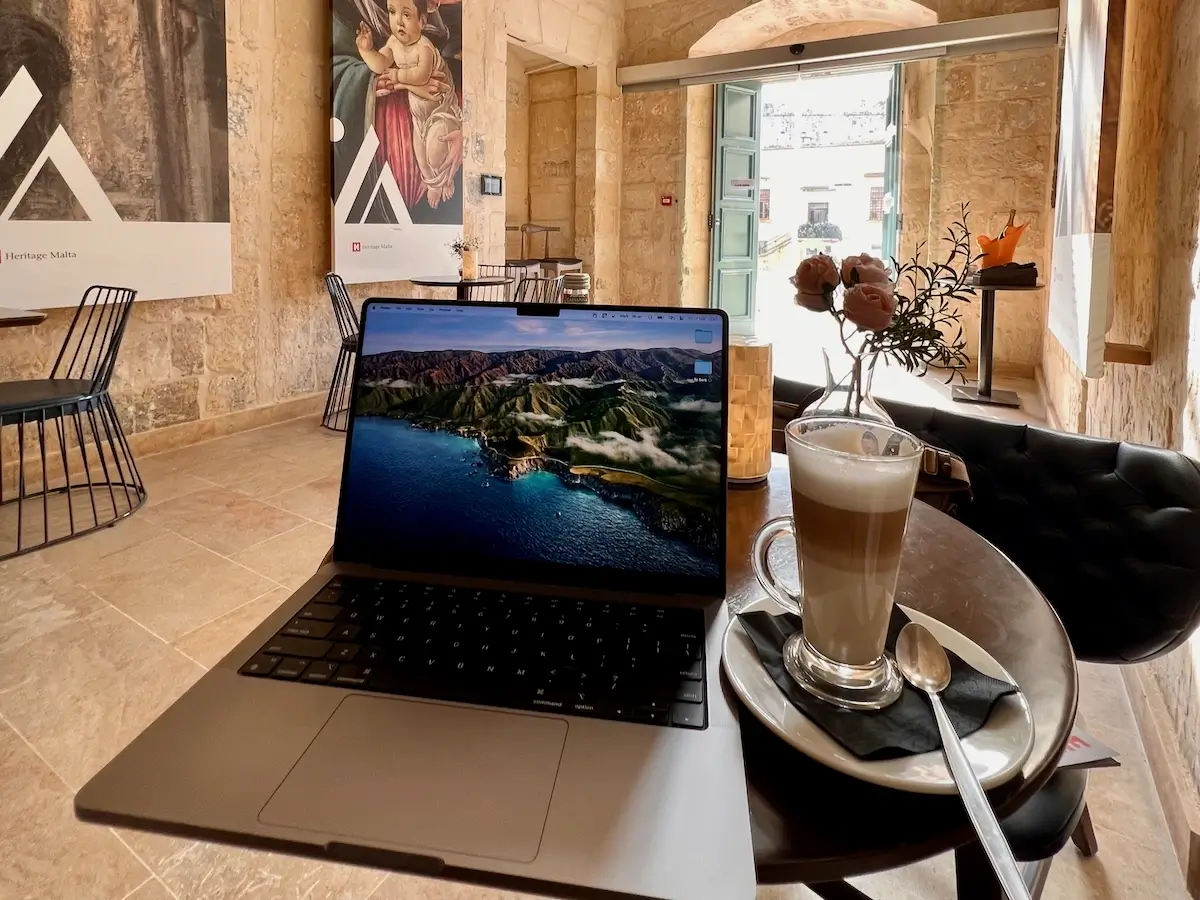
Some Useful Information when Living in Malta
Accommodation
Renting an apartment for short-term rental can cost up to 2,000 Euros/month for your own apartment during the summer. There are coliving options available, such as SC Colive, with shared room options that may be more affordable.
If you decide to rent long-term, fully furnished rentals are usually in the range of 1,000-4,000 Euros per month, with lower prices in Gozo and outside of popular areas like Sliema. Utilities usually cost 100-200 Euros per month.
Groceries & Food
Groceries can average 300-500 Euros per month for 2 people. Buying seasonal fruit and vegetables directly from local farmers is relatively inexpensive and could cost $10-30 a week. Discount stores such as Lidl are available. Ethnic food stores are also available, such as Wenzhou Asian and Latin American supermarkets.
If you’d like to eat out, there are affordable lunch options such as Ftira (local sandwiches) for less than 10 Euros and Pastizzi (pastries filled with chicken & mushrooms, ricotta, or peas).
Restaurants could cost more, in the 15-40 Euro range per person for a main course and drinks. There’s no shortage of fine-dining establishments as well, with 43 restaurants mentioned by the Michelin guide in Malta as of 2025.
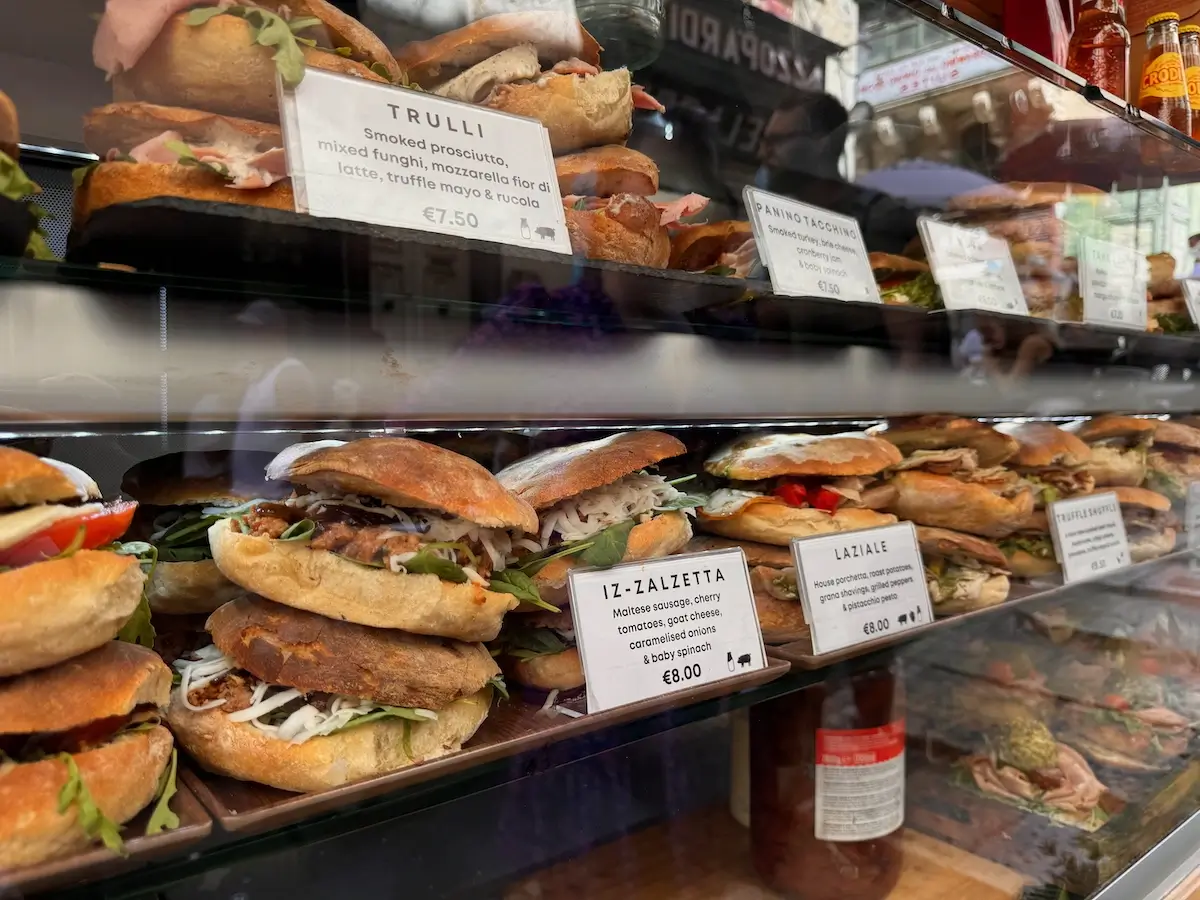
Transportation
It’s very easy to get around Malta due to its compact size. Buses, ferries, and taxis are available. Ride-hailing apps such as Uber and Bolt are easily available as well throughout Gozo and Malta.
To go to Gozo, there’s a fast ferry (45 min travel time) available departing from Valletta to Mgarr Harbour on Gozo and back. There’s also a car and passenger ferry departing from Cirkewwa in the North of the island that takes 25 minutes.
Even though getting around is easy, there can be some rush-hour traffic jams to be aware of. We’ve also heard reports of buses being full to capacity in summer and thus not stopping at bus stops, so it might be a longer-than-expected wait at the bus stops.
If you end up staying long-term in Malta, bus transport is free for residents who have a personalised transport card. If you reside on Gozo, you would be entitled to significantly subsidised ferry tickets.
Weather
The climate is subtropical Mediterranean, with hot summers up to 32-42 degrees Celsius, and mild winters with daily lows around 9 degrees Celsius.
While winters are mild, Malta, being an island in the Mediterranean, can be very windy outside of summer. This makes it feel much colder, and we’d recommend packing a jacket and scarf in case you visit outside of summer.
Activities and Exploration
When we were not at our laptops working, we had a blast exploring and enjoying Malta.
Despite its small size, this island has many activities on offer, from watersports to culture, arts, and local festivals.
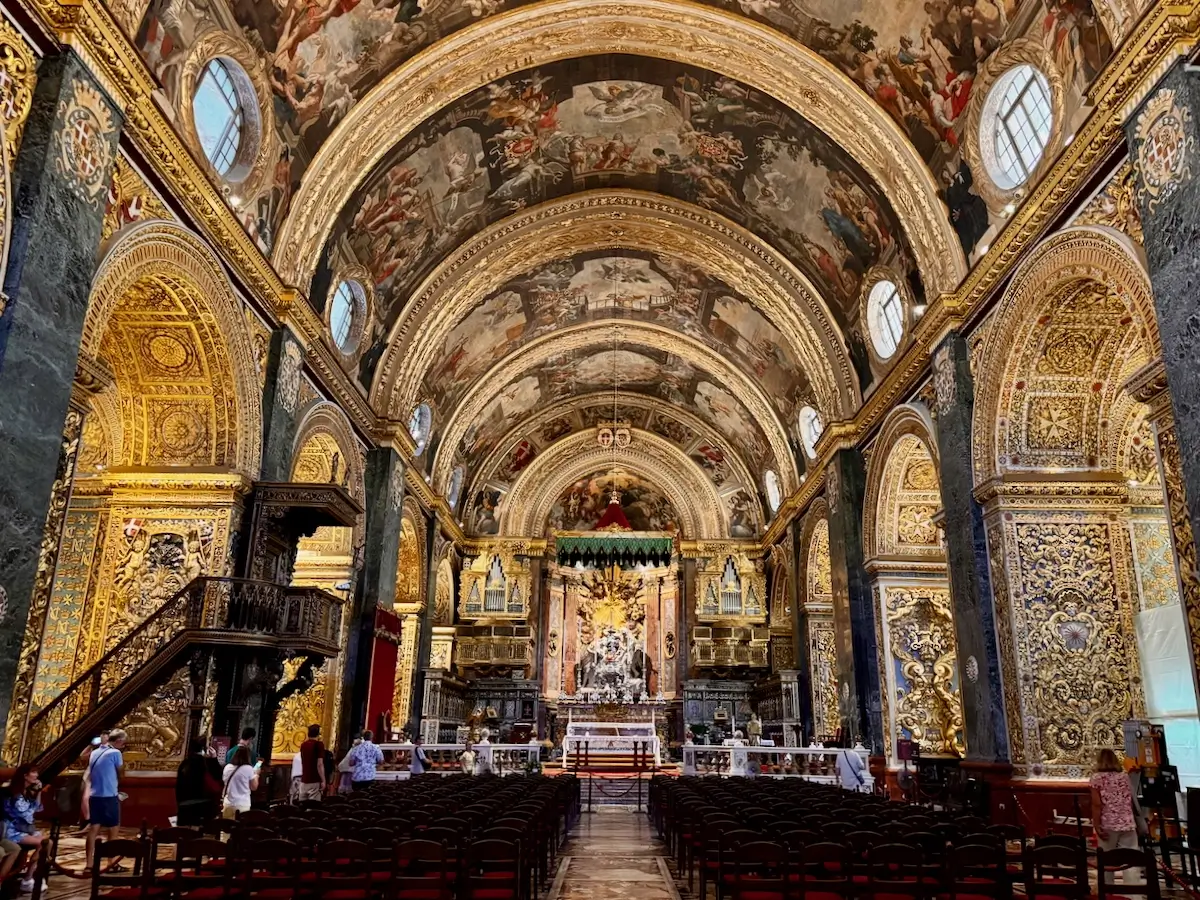
Beaches
There are beaches available, mostly in the Northern part of Malta, in Mellieha and Golden Bay, as well as some on Gozo, such as Ramla Bay. We would often drive up to these sandy beaches for a good swim. There are umbrellas and sun lounges for rent, and the facilities you would need.
Pool Days and Lidos
If you don’t want sand between your toes, but still would like to dip in the water, you can also enjoy pool passes. You’ll get these from luxury hotels. We tried the one at Kempinski Hotel in St. Lawrence and had a fun day by the pool. You can also go to lidos, which are beach clubs with cabana options.
Arts and Culture
Malta is host to various talented musicians and artists from around the world. We had the opportunity to attend art exhibitions, piano recitals, folklore dances, as well as opera evenings in autumn.
Luxury Lifestyle
For the sophisticated among you, fret not – there’s something for every taste and budget. Dine at Michelin-starred restaurants, or go for rabbit stew at a local, authentic eatery. Hang out at Portomaso five-star marina, where you can hire a private yacht for a cruise.
We aren’t into clubbing, so can’t speak from experience, but if that’s your thing, you are on the right island. In the summer months, famous international DJs come to Malta for epic parties and light shows. Nightlife is buzzing in St. Julians and Paceville with lots of bars and clubs.
Festive season
At Christmas, Malta goes all out to deliver a great experience. You can bask in the smell of roasted chestnuts and Christmas markets, and enjoy the capital city of Valletta turning into a brightly lit wonderland. On Gozo Island, the locals compete with each other to make the best nativity cribs. These are pure works of art, and you’ll be amazed at how dedicated they are. We even visited a human-sized crib complete with actors playing Mary, Joseph, and baby Jesus at a real-life nativity village!
Could Malta be your next digital nomad destination?

Join our global
digital nomad community
Join us for free
Freaking Nomads is supported by you. Clicking through our links may earn us a small affiliate commission, and that's what allows us to keep producing free, helpful content. Learn more

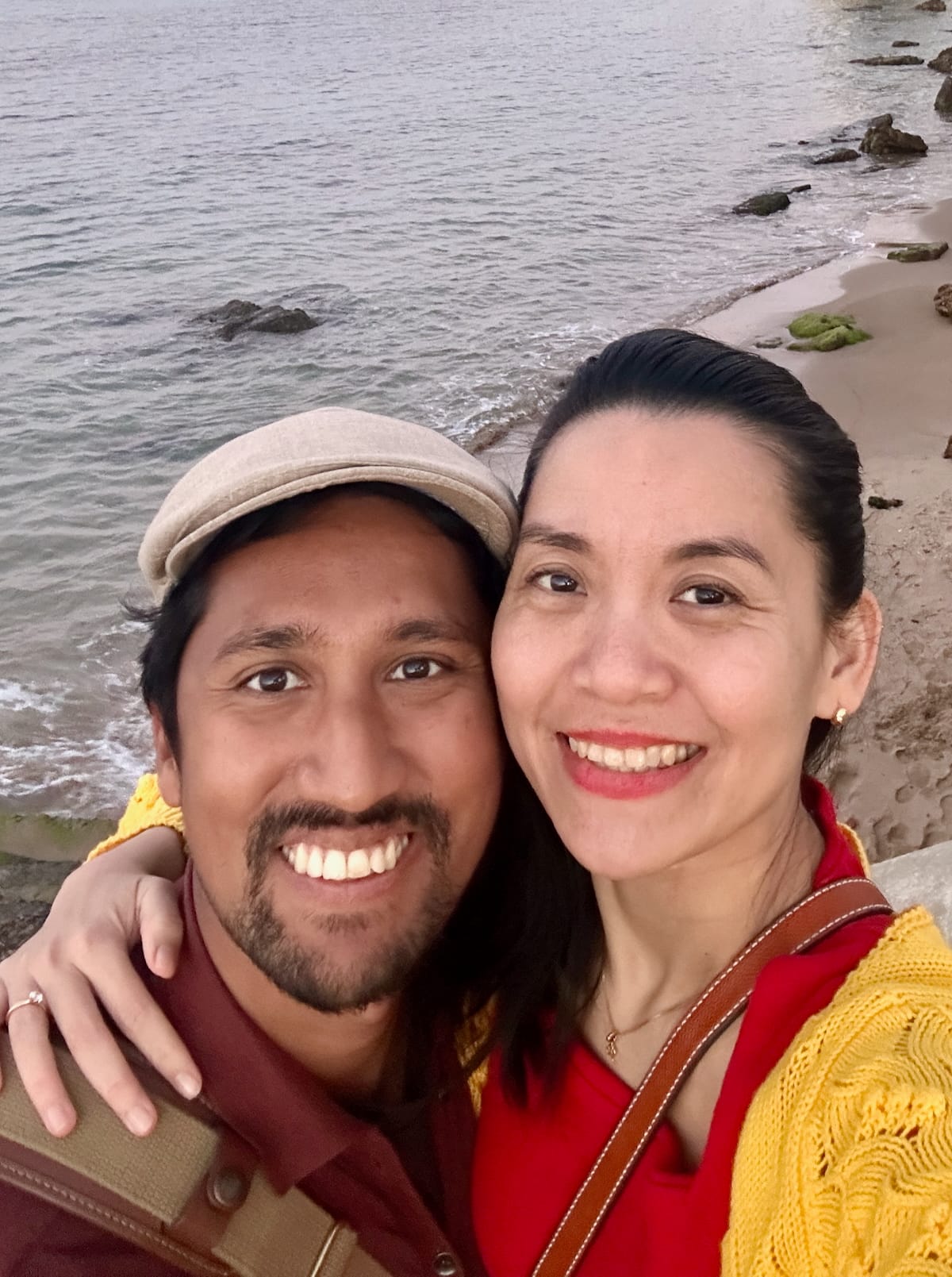
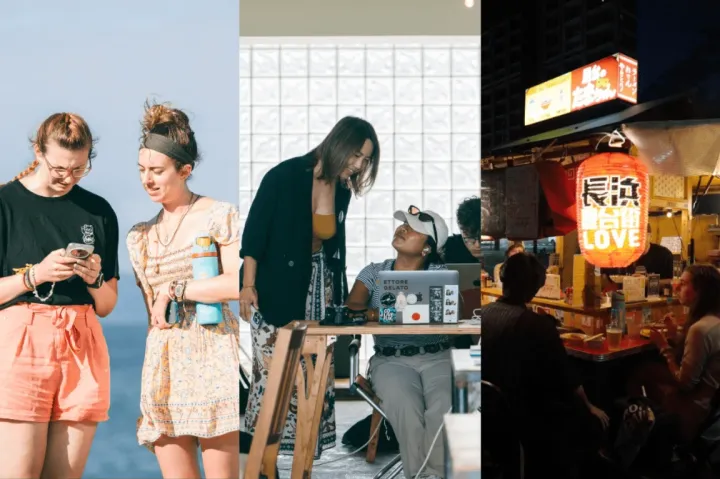
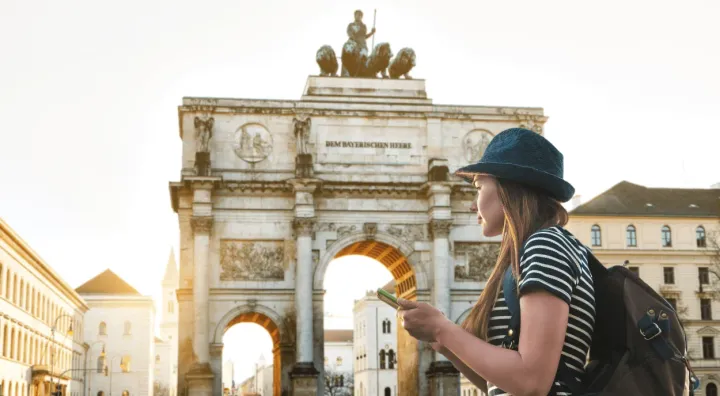
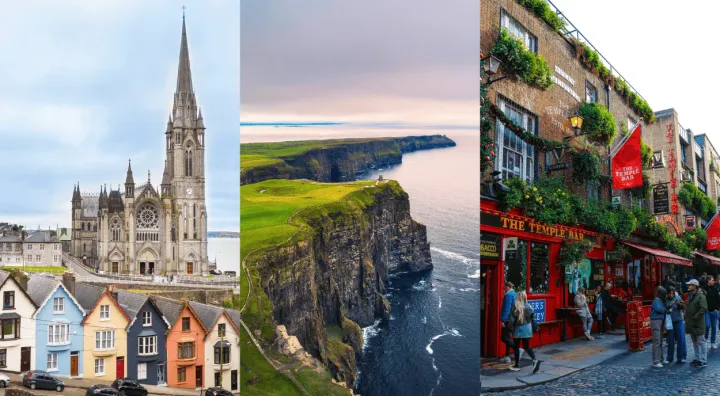
 Travel tips, hacks, and news
Travel tips, hacks, and news Exclusive travel discounts
Exclusive travel discounts Offers and promotions
Offers and promotions Digital nomad inspiration
Digital nomad inspiration Latest articles form our blog
Latest articles form our blog